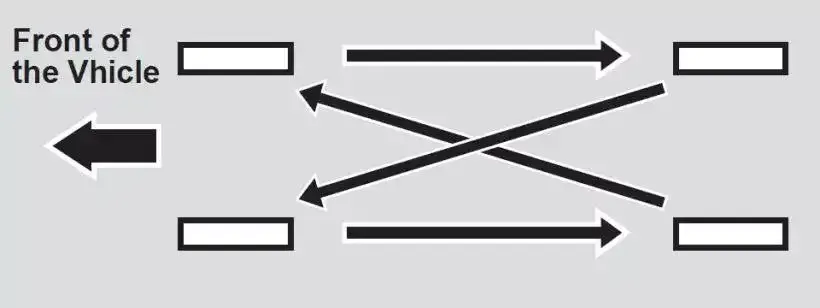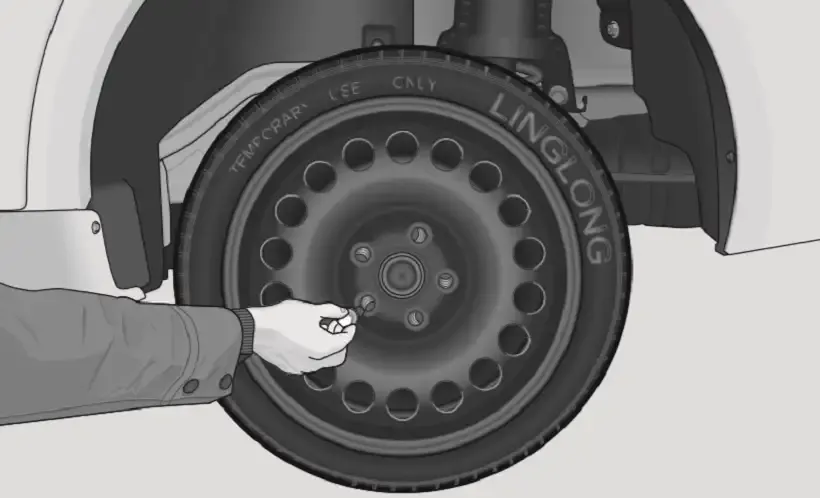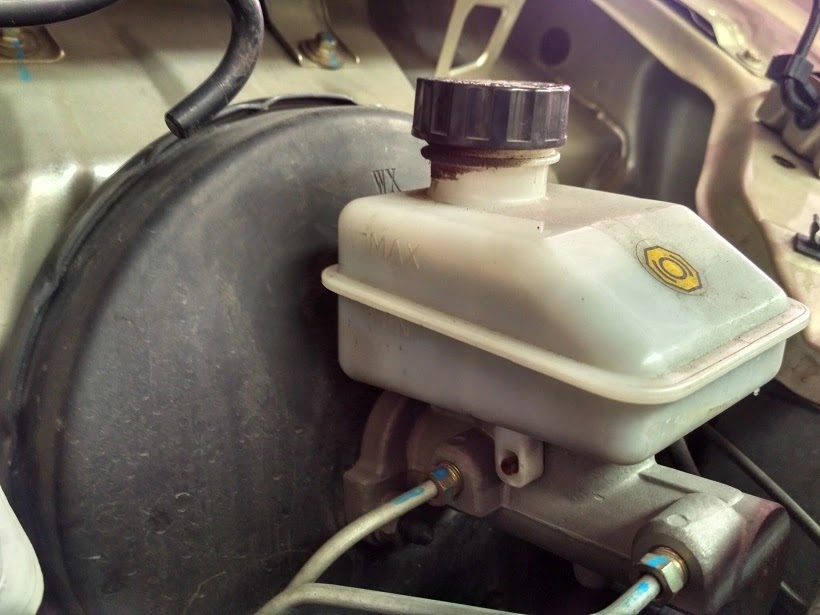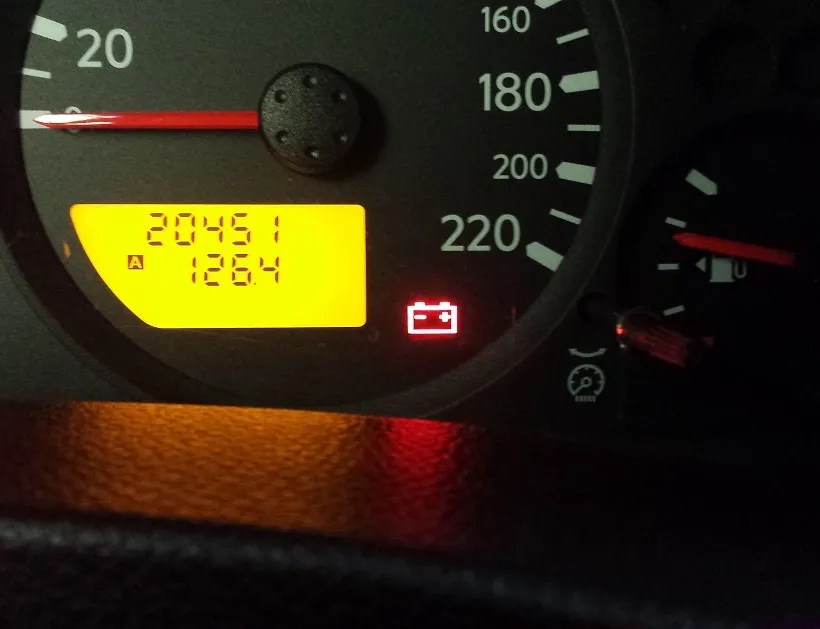Tire rotation is one of the simplest yet most crucial maintenance tasks for your vehicle. Despite its importance, many drivers overlook or misunderstand the need for regular tire rotation. In this comprehensive guide, we’ll delve into the ins and outs of tire rotation, why it matters, how often it should be done, and the long-term benefits of keeping your tires properly rotated. If you're a car owner looking to extend the life of your tires and improve your vehicle’s performance, understanding tire rotation is essential.
👉What is Tire Rotation?
Tire rotation refers to the practice of moving your vehicle’s tires from one position to another to ensure even wear. Typically, this involves swapping the front tires with the rear tires, but it can also include moving the tires diagonally or side-to-side, depending on your vehicle and its drivetrain.
Common Tire Rotation Patterns
1. Front-to-Rear Rotation. This is the most basic tire rotation pattern, where the front tires are moved to the rear and vice versa. This pattern is commonly used for vehicles with the same size tires on both the front and rear.
2. Cross Rotation. In this pattern, the front tires are moved to the rear but also swapped side-to-side. For example, the front left tire might be moved to the rear right position. This pattern is often used for front-wheel-drive vehicles.
3. Rearward Cross. For rear-wheel-drive and 4WD/AWD vehicles, the rear tires are moved to the front, while the front tires are crossed (front left to rear right, and front right to rear left).
4. X-Pattern. This pattern involves crossing all tires diagonally (front left to rear right, front right to rear left) and is often recommended for front-wheel-drive vehicles with non-directional tires.
5. Side-to-Side (Lateral) Rotation. This pattern is used primarily for vehicles with directional tires. The tires are simply swapped from left to right and vice versa, without changing their position front-to-back.
Why Tire Rotation Matters
Tire rotation is essential because it helps ensure that all four tires wear evenly over time. Uneven tire wear can lead to a variety of problems, including reduced fuel efficiency, poor handling, and the need to replace tires sooner than necessary. By regularly rotating your tires, you can maximize their lifespan, save money on tire replacements, and maintain the overall safety and performance of your vehicle.
👉The Importance of Regular Tire Rotation
Regular tire rotation is not just a recommendation; it's a necessity for maintaining the health of your tires and the safety of your vehicle. Here are some key reasons why tire rotation should be a routine part of your vehicle maintenance:
1. Even Tire Wear. One of the primary benefits of tire rotation is promoting even tire wear. Tires wear differently depending on their position on the vehicle. For example, in front-wheel-drive vehicles, the front tires bear more weight and handle the brunt of steering, acceleration, and braking. As a result, they tend to wear out faster than the rear tires. By rotating the tires regularly, you distribute the wear more evenly, extending the life of all four tires.
2. Improved Handling and Safety. Uneven tire wear can negatively impact your vehicle's handling, especially in adverse weather conditions. Worn tires may have reduced traction, which can lead to longer braking distances and a higher risk of skidding or hydroplaning on wet roads. Rotating your tires ensures that all tires maintain optimal tread depth, enhancing your vehicle's grip on the road and improving overall safety.
3. Better Fuel Efficiency. Tires that are worn unevenly or improperly inflated can increase rolling resistance, meaning your engine has to work harder to move the vehicle. This extra effort can reduce your fuel efficiency, leading to more frequent trips to the gas station. Regular tire rotation helps maintain even tread wear and proper tire inflation, both of which contribute to better fuel economy.
4. Extended Tire Lifespan. Tires are a significant investment, and replacing them can be expensive. Regular tire rotation is a cost-effective way to extend the lifespan of your tires. By ensuring even wear, you can delay the need for new tires, saving you money in the long run.
5. Warranty Compliance. Many tire manufacturers require regular rotation as a condition of their warranty. Failing to rotate your tires as recommended can void the warranty, leaving you responsible for the full cost of tire replacement. Adhering to a regular rotation schedule not only protects your tires but also ensures you remain covered under the manufacturer’s warranty.
👉How Often Should You Rotate Your Tires?
The frequency of tire rotation depends on several factors, including your vehicle's drivetrain, driving habits, and the type of tires you have. However, a general rule of thumb is to rotate your tires every 5,000 to 7,500 miles. This interval is often aligned with oil changes, making it convenient to handle both tasks simultaneously.
Drivetrain Considerations
• Front-Wheel Drive (FWD): In FWD vehicles, the front tires experience more wear because they handle most of the braking, steering, and power transfer. It’s crucial to rotate the tires regularly to prevent the front tires from wearing out too quickly.
• Rear-Wheel Drive (RWD): In RWD vehicles, the rear tires receive more power, causing them to wear faster. Rotating the tires ensures even wear across all four tires.
• All-Wheel Drive (AWD) and Four-Wheel Drive (4WD): These vehicles often require more frequent tire rotations due to the power being distributed to all four tires. Keeping the wear even is important to maintain proper handling and performance.
Tire Type and Rotation Interval
• Standard Tires: For most vehicles with standard tires, a rotation every 5,000 to 7,500 miles is sufficient.
• High-Performance Tires: If you have high-performance tires or use your vehicle for spirited driving, you may need to rotate the tires more frequently, every 3,000 to 5,000 miles.
• Off-Road Tires: For vehicles with off-road tires, especially those used in rugged terrains, more frequent rotations are recommended due to the uneven and harsh conditions they face.
👉Signs That Your Tires Need Rotation
While following a regular rotation schedule is ideal, certain signs indicate it might be time to rotate your tires sooner:
1. Uneven Tread Wear. If you notice that the tread on one or more tires is wearing down faster than the others, it’s time for a rotation. Use the penny test: Insert a penny into the tire tread with Lincoln’s head facing down. If you can see the top of Lincoln’s head, your tread is too low, and the tires need attention.
2. Vibrations While Driving. If you feel vibrations in the steering wheel or throughout the vehicle, it could be a sign of uneven tire wear or balance issues. A tire rotation can often resolve these vibrations.
3. Noisy Tires. Tires that are unevenly worn may produce more noise while driving, especially at higher speeds. If your tires are making unusual noises, it’s a good idea to have them checked and possibly rotated.
4. Decreased Fuel Efficiency. If you’ve noticed a drop in your vehicle’s fuel efficiency without any other explanation, uneven tire wear could be the culprit. Regular rotation can help maintain optimal fuel economy.
👉How to Rotate Your Tires: A Step-by-Step Guide
While many drivers prefer to have a professional handle tire rotation, it’s a task that you can do at home with the right tools and a bit of knowledge. Here’s a step-by-step guide to rotating your tires:
Tools You’ll Need
• A car jack and jack stands
• A lug wrench
• A torque wrench (optional but recommended)
• A tire pressure gauge
Step 1: Prepare Your Vehicle. Before you begin, make sure your vehicle is on a flat, level surface. Engage the parking brake and loosen the lug nuts on all four wheels slightly, but do not remove them completely.
Step 2: Lift the Vehicle. Using your car jack, lift one corner of the vehicle and secure it with a jack stand. Repeat this process until all four corners of the vehicle are supported by jack stands. Ensure that the vehicle is stable and that the jack stands are positioned correctly.
Step 3: Remove the Tires. Once the vehicle is lifted and secured, remove the lug nuts and take off each tire. It’s a good idea to mark the tires with chalk or tape to remember their original position.
Step 4: Rotate the Tires. Refer to your vehicle’s manual or the rotation patterns discussed earlier to determine the correct pattern for your vehicle. Move each tire to its new position according to the pattern.
Step 5: Reinstall the Tires. Place each tire onto its new position and hand-tighten the lug nuts. Lower the vehicle back to the ground one corner at a time, then use the lug wrench or torque wrench to fully tighten the lug nuts in a star pattern. This ensures even pressure and helps prevent the wheel from becoming misaligned.
Step 6: Check Tire Pressure. After the tires are reinstalled, use a tire pressure gauge to check the air pressure in each tire. Adjust the pressure to the manufacturer’s recommended level, which can usually be found on a sticker inside the driver’s door or in the vehicle’s manual.
Step 7: Test Drive. Once everything is secured and the tire pressure is correct, take your vehicle for a short test drive. Pay attention to how the vehicle handles and listen for any unusual noises. If everything feels and sounds normal, you’ve successfully rotated your tires!
👉The Role of Tire Rotation in Vehicle Maintenance
Tire rotation is just one aspect of comprehensive vehicle maintenance. To keep your vehicle running smoothly and safely, it’s important to integrate tire rotation into your regular maintenance routine. Here’s how tire rotation fits into the broader context of vehicle care:
1. Aligning Tire Rotation with Oil ChangesOne of the easiest ways to remember to rotate your tires is to do it when you get an oil change. Since oil changes are typically recommended every 5,000 to 7,500 miles, this interval aligns well with the recommended tire rotation schedule. Combining these two services saves time and ensures that your tires receive regular attention.
2. Balancing TiresWhile rotating your tires, it’s also a good time to have them balanced. Tire balancing ensures that the weight is evenly distributed around the wheel, preventing vibrations and uneven wear. Most tire shops will offer balancing as part of the rotation service.
3. Wheel AlignmentIf you notice uneven tire wear despite regular rotations, your vehicle may need a wheel alignment. Alignment issues can cause the tires to wear unevenly, reduce fuel efficiency, and affect handling. It’s a good idea to have your alignment checked if you experience these issues.
💬Final Thoughts
Tire rotation is a vital yet simple maintenance task that can have a significant impact on your vehicle’s performance, safety, and longevity. By regularly rotating your tires, you can ensure even wear, improve handling, extend the lifespan of your tires, and save money in the long run. Whether you choose to rotate your tires at home or have a professional do it, the benefits of this routine maintenance are undeniable.
Incorporate tire rotation into your regular vehicle care routine, and you’ll enjoy a smoother, safer ride and get the most out of your investment in your tires. Don’t wait until your tires show signs of uneven wear—schedule your next tire rotation today and keep your vehicle running at its best.
Want more videos all about auto?
Subscribe to our YouTube channel👉Cartech Home



























